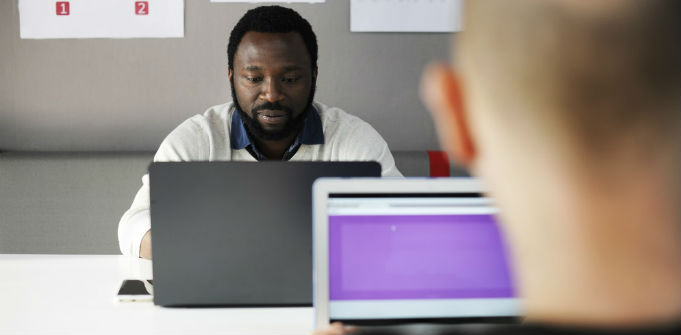
Everyone has the same 24 hours in a day, right?
Yes, but how productive you are inside these hours depends on a variety of factors.
I was recently presenting and guesting at one of Australia’s best health retreats, which gave me the chance to reflect on my work and lifestyle habits. Here are four tips to help you optimise your time and productivity.
1. Schedule 50-minute hours
How do you get more out of an hour? By making it 50 minutes.
One of the most counter-intuitive aspects of relaxing at a health retreat is how big a role time plays.
In this case, activities were planned on the hour, and ran for 50 minutes.
There were two benefits in this. First, the 50 minutes became more productive because distractions were eliminated, and second, 10 minutes transition time meant you always felt unrushed.
For you, that means considering scheduling blocks of an hour, which become the ‘capsule’ for whatever activity you slot in (such as emailing, meetings, writing blogs) but only conducting the activity for 50 minutes. In the 10 minutes left over you can check your phone, have a bathroom break, walk to your next meeting, whatever.
It will enable you and your colleagues to focus on the activity at hand for 50 minutes (the maximum attention span anyway) and then leave the fidgeting to the 10-minute transition.
2. Eliminate low-grade decisions
President Barack Obama famously only wore suits in two colours — blue or grey — so he could save his energy for important decisions.
At the retreat, decisions like what activities were on the program and what to eat were taken out of our hands. The result? We could focus our energy on more important endeavours.
The reality, of course, is life is full of low-grade but necessary decisions. Your opportunity though, is to streamline as many as possible so you don’t get depleted.
Habits play a big role in this, so starting your workday in the same way (same breakfast, same train, same coffee spot) can eliminate the need to think too hard.
Similarly, having pre-formatted emails, presentations and documents mean you can focus on what you put in the communications rather than how.
3. Focus on the present
At the retreat we were only told about the next day once we got back to our villas at night, meaning we didn’t waste any of the day thinking about the next.
What we did know was certain ‘anchor’ activities would happen every day, like 6am wake-up, 8am breakfast, 9am stretch and 6pm dinner.
The result? We could enjoy the moment feeling assured that the rest of the week would unfold as we got there.
Again, you’ll get into a bit of trouble if you try that in the real world, but the lesson of giving your attention to what’s before you is valid. I shouldn’t stress about a meeting on Friday because it’s not Friday yet. In fact, a better use of my time in this moment to prepare myself for the meeting so by the time it rolls around I won’t be stressed.
Always ask yourself: ‘Can I do anything about that now?’ If the answer is no, don’t waste your energy.
The other avenue to focusing on the present is being present with others. When they talk, listen. When they look at you, look back. The quality of the interaction will be vastly improved and will bypass the need for follow up emails and clarifications. (The fastest way to be present with someone, by the way, is to put away the phone.)
4. Let the environment make decisions for you
Why think about how much you should eat when your bowl size can do it for you? One of my favourite behavioural studies found people ate 31% more ice-cream when they were given a bigger bowl. These people, by the way, were nutrition experts. The point is how much our environment shapes behaviour, so by setting up the right environment, our decisions will follow suit.
In the workplace, that means having quiet zones if you want people to think deeply, break out areas for discussion, high ceilings for brainstorming, low ceilings for focus, chairs in circles for collaboration, and angular formation for independent thinking. You can cue behaviour simply by creating the right space.
This article was originally published on February 26, 2018.
NOW READ: “Run and then rest”: Four strategies for getting more done in less time
NOW READ: How to manage emotional wellbeing when launching and scaling your startup


COMMENTS
SmartCompany is committed to hosting lively discussions. Help us keep the conversation useful, interesting and welcoming. We aim to publish comments quickly in the interest of promoting robust conversation, but we’re a small team and we deploy filters to protect against legal risk. Occasionally your comment may be held up while it is being reviewed, but we’re working as fast as we can to keep the conversation rolling.
The SmartCompany comment section is members-only content. Please subscribe to leave a comment.
The SmartCompany comment section is members-only content. Please login to leave a comment.